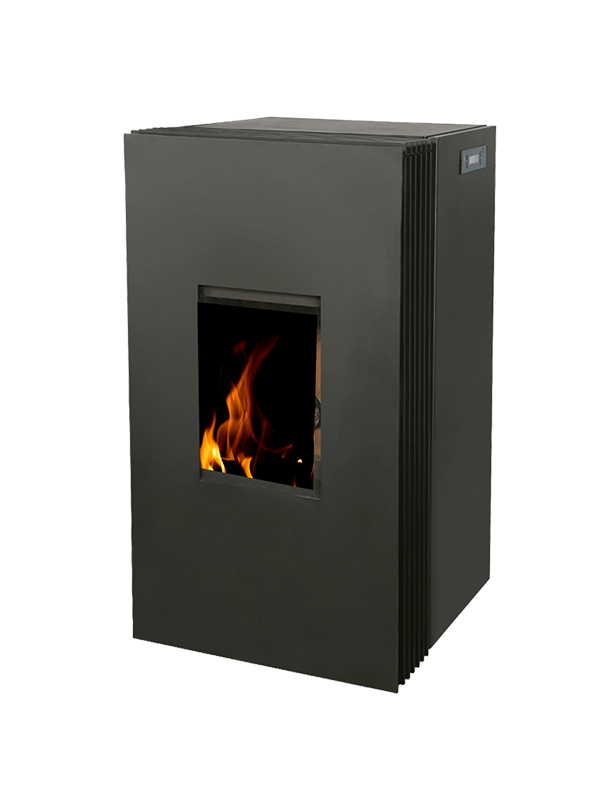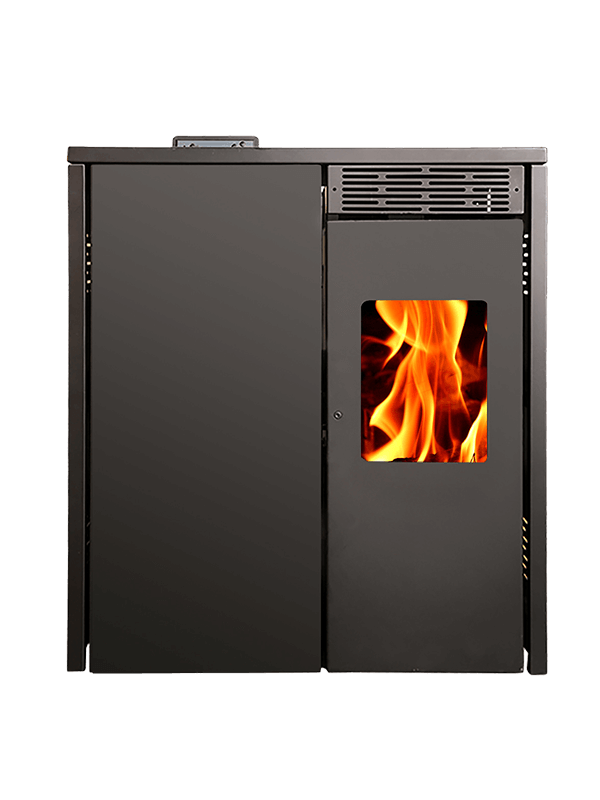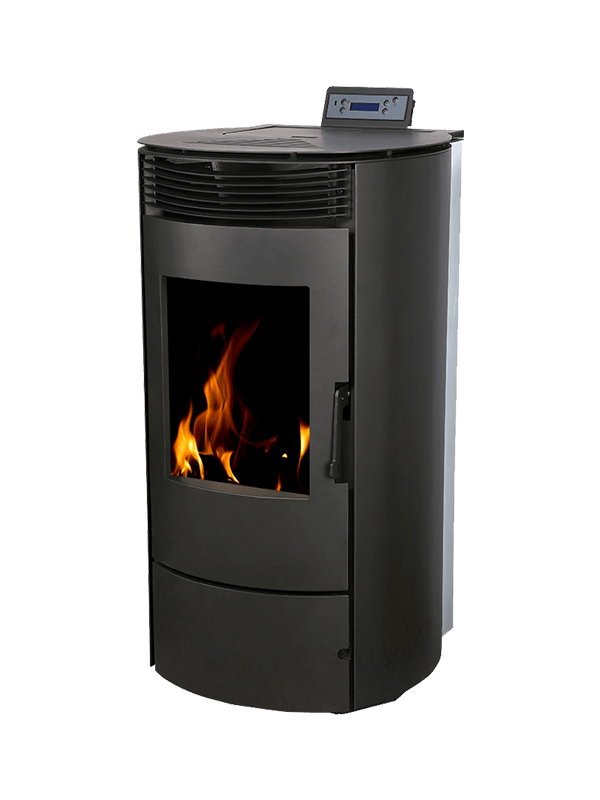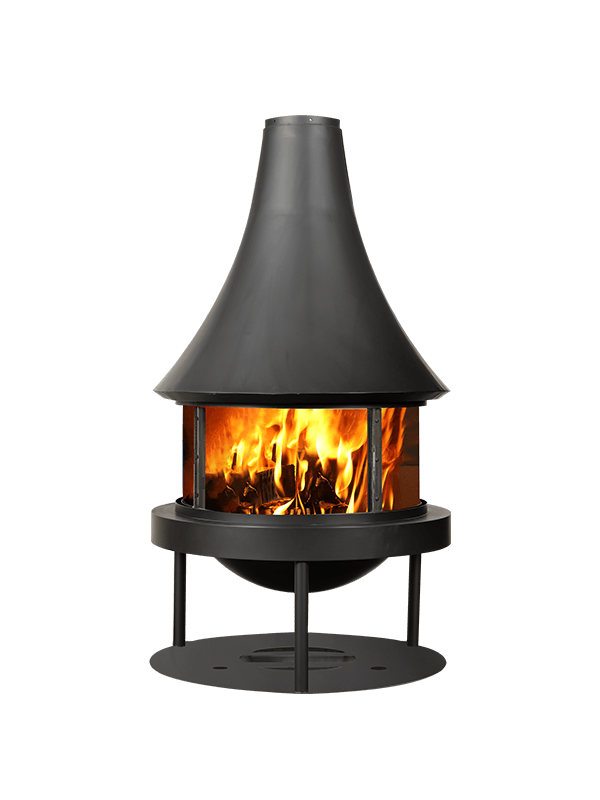Benefits of a Wood Pellet Stove
Compared to traditional wood-burning stoves, a Wood Pellet Stove requires no electricity, requires no man-power to start, and consumes a fraction of the energy of traditional wood burning stoves. Pellets, however, are compressed sources of energy that must be fed to the fire automatically. These pellets are fed to the stove through a metered electric hopper, which continually adds measured amounts of pellets for maximum heat output.
There are two types of pellet stoves: insert ones that attach to the vents of your fireplace, and freestanding stoves with an exhaust pipe. Both types use wood pellets in their different styles, sizes, and colors. Considering the different types of wood pellets, it's important to research the features of each type before making a purchase. Here are some of the things to consider when choosing a Wood Pellet Stove:
First of all, wood pellets are a good choice for many homes. Because they are made from recycled materials, they are highly compressed and have a low moisture content. This means that they burn hotter and produce less pollution than wood. In addition, a Wood Pellet Stove also produces fewer pollutants than a traditional wood fireplace. In fact, many environmentalists consider wood pellets carbon-neutral. Lastly, wood pellets are relatively inexpensive, making them a good choice for a home heating source.
Another great benefit of a Wood Pellet Stove is its size. Compared to traditional wood burning stoves, the Wood Pellet Stove requires no chimney maintenance, while burning more efficiently. Pellet stoves also provide excellent heat for less money than traditional wood-burning fireplaces. Wood pellets burn cleaner than coal, gas, or other solid fuels, and are easy to maintain. Most Wood Pellet Stoves run up to 16 hours between refills, which means they save homeowners money on their heating bill.
Another benefit of a Wood Pellet Stove is the convenience it offers. Pellets can be purchased in bags or boxes, and you can simply drop them into the hopper. The stove will do all of the work for you. Instead of constantly bringing in firewood, you can simply dump pellets into the stove hopper. You do not have to worry about constantly feeding your stove because the pellets are already seasoned and ready to burn.
Compared to traditional wood-burning stoves, the costs of a Wood Pellet Stove are relatively low. Depending on your location, climate, and quality of insulation, you can burn between two and three tons of pellets during the heating season, which is about $40-$900 per winter. In addition to being inexpensive, Wood Pellet Stoves also offer greater control over the temperature. You can set the thermostat to regulate the temperature to fit your needs without having to adjust it every few minutes.
Another benefit of a Wood Pellet Stove is its ease of installation. In many cases, you can install a Wood Pellet Stove yourself, saving you money and hassle. Unlike traditional wood burning stoves, this stove requires no chimney or vents. While pellet stoves are less expensive, installation and cleaning can be a bit more costly. You must also consider the cost of firewood, which is usually more expensive than wood-burning stoves.

| Norminal thermal output |
10kw |
| Material |
Carbon steel
Ceramic Glass ( NEG or Schott brand)
High Temperature Reistant Paint( Forrest brand) |
| Heigh*Width*Depth |
2868mm*500mm*800mm |
| Net weight |
132KGS |
| Draft Type |
Primary Air Inlet |
| Flue Pipe Material |
Carbon Steel |
| Room heating capacity |
100-280 m³ |
| Color |
Black |
| Flue pipe outlet diameter |
φ180mm |
High quality cast iron raw materials, precision parts processing, and subsequent complex processing make the product rich in texture and beauty.
The independent ash collection device has brought great convenience to the use of the product. It can install the vertical smoke pipe, but also appears the atmosphere is simple. After many tests, it will bring better user experience.











-.png)











